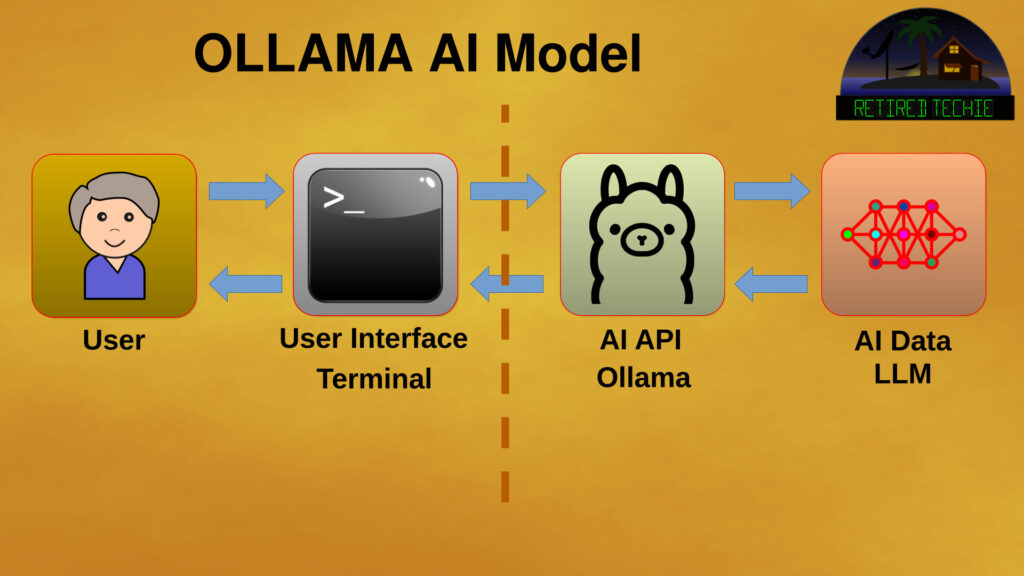Introduction
Greetings one and all. Today I want to discuss Oracles Virtual Box vs the other guy, specifically Vert-Manager. If one listens to the many talking heads out there, myself included, Virtual Box tends to get slammed quite a bit in comparison to vert-manager. And this generally concerns one parameter, speed
When it comes down to load times, I am not saying that the criticism is undeserved. What I am saying is that it is only one aspect of a hypervisor, the one that is easiest to understand, quantify, and everyone likes to looks at. However, speed is not the sole criteria one should be judging their hypervisor by, as I recently found out while working on another video. This may be a niche issue.
(more…)


